
- •The Grammatical Lawyer
- •Intro – Why Grammar
- •GRAMMAR MATTERS!
- •Entering a legal dispute with poor grammar and expression can be, in Sean
- ••Using good grammar is part of Plain English. Plain English is clear English.
- •Building blocks: noun, verb, sentence
- •These items are called “parts of speech”
- ••So, let’s look at some of the main rules and frequent errors in
- •The 15 Fundamentals
- •1. Apostrophes
- •1. Apostrophes (cont’d)
- •1. Apostrophes (cont’d)
- •Real Examples (from
- •Real Examples
- •Real Examples
- •Real Examples
- •2. It’s vs Its (cont’d)
- •3. Your vs You’re
- •3. Your vs You’re (cont’d)
- •4. They’re/Their/There
- •Clanger!
- •5.Subject/Verb Agreement
- •5.Subject/Verb Agreement (cont’d)
- •5.Subject/Verb Agreement
- •5.Subject/Verb Agreement (cont’d)
- •6.Noun and pronoun must agree
- •(cont’d)
- •6.Noun/Pronoun Agreement
- •6.Noun/Pronoun Agreement (cont’d)
- •6.Noun/Pronoun Agreement (cont’d)
- •7. Consistency of
- •7. Consistency of Tense
- •8. Run-on Sentences
- •8. Run-on Sentences
- •8. Run-on Sentences
- •8. Run-on Sentences
- •(cont’d)
- •8. Run-on Sentences
- •8. Run-on Sentences
- •8. Run-on Sentences
- •8. Run-on Sentences
- •9. Semicolons and
- •9. Semicolons and Colons
- •9. Semicolons and Colons
- •9. Semicolons and Colons
- •10. Commas
- •10. Commas (cont’d)
- •10. Commas (cont’d)
- •10. Commas (cont’d)
- •10. Commas (cont’d)
- •10. Commas (cont’d)
- •Participles
- •11. Dangling Participles
- •12.Random Capitalization
- •12. Random Capitalization
- •12. Random Capitalization
- •(cont’d)
- •13. Missing Punctuation
- •(cont’d)
- •14. Missing spaces
- •14. Missing Spaces
- •14. Missing Spaces
- •15. Write Complete
- •15. Complete Sentences
- •If you study and use these 15 Fundamentals, you will be well armed
- •This concludes the grammar portion of our seminar.
- •Five Rules Plus Some
- •The First Five Rules
- •1. Write As Plainly As Possible
- •2. Avoid Long Sentences
- •3. Use the Active Voice
- •3. Use the Active Voice
- •3. Use the Active Voice
- •4. Avoid Archaic Words
- •4. Avoid Archaic Words
- •4. Avoid Archaic Words
- •phrasing of Strunk and White’s Most Famous Rule: “Omit Needless Words”
- •5. “Omit Needless Words”
- •5. “Omit Needless Words”
- •5. “Omit Needless Words”
- •5. “Omit Needless Words”
- •5. “Omit Needless Words”
- •5. “Omit Needless Words”
- •6. Proper
- •6. Proper Paragraphing
- •6. Proper Paragraphing
- •6. Proper Paragraphing
- •7. Get Names Right
- •7. Get Names Right
- •8. Avoid First Names
- •8. Avoid First Names (cont’d)
- •Beware Sexist
- •9. Beware Sexist Traps
- •Mean
- •11. Proofread, Proofread,
- •(cont’d)
- •(cont’d)
- •(cont’d)
- •Words
- •13. Beware of “It” and
- •So, grammarian, pick the errors:
- •QUIZ TIME
- •Bibliography/
- •Bibliography/
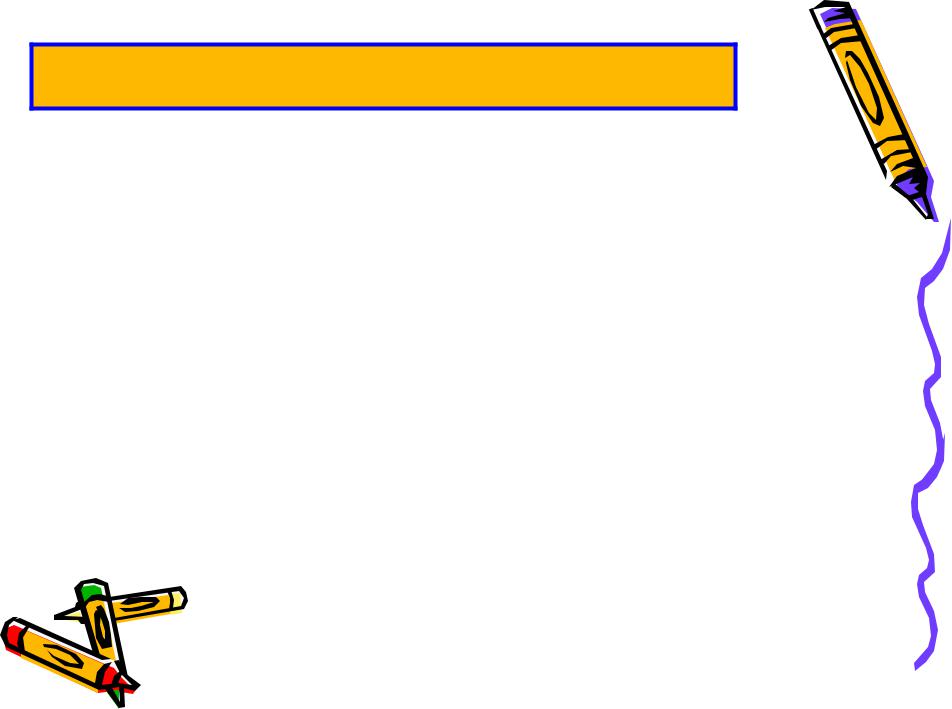
6. Proper Paragraphing
(cont’d)
To indicate paragraphs there are a number of methods. An accepted method is to skip a line but don’t indent. Some workplaces’ style is to indent. If in doubt, follow your workplace’s usual style.
91
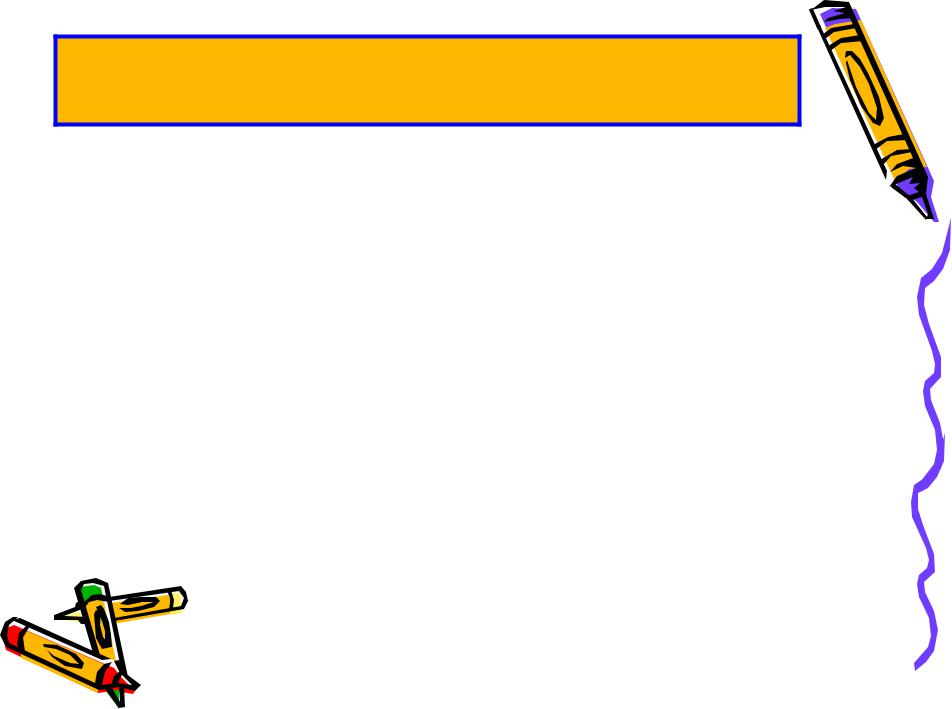
7. Get Names Right
There is no more embarrassing error that getting names – especially your client’s name – wrong.
When you write to your client, make sure you have the name spelled correctly, and that you do not add or omit words.
92
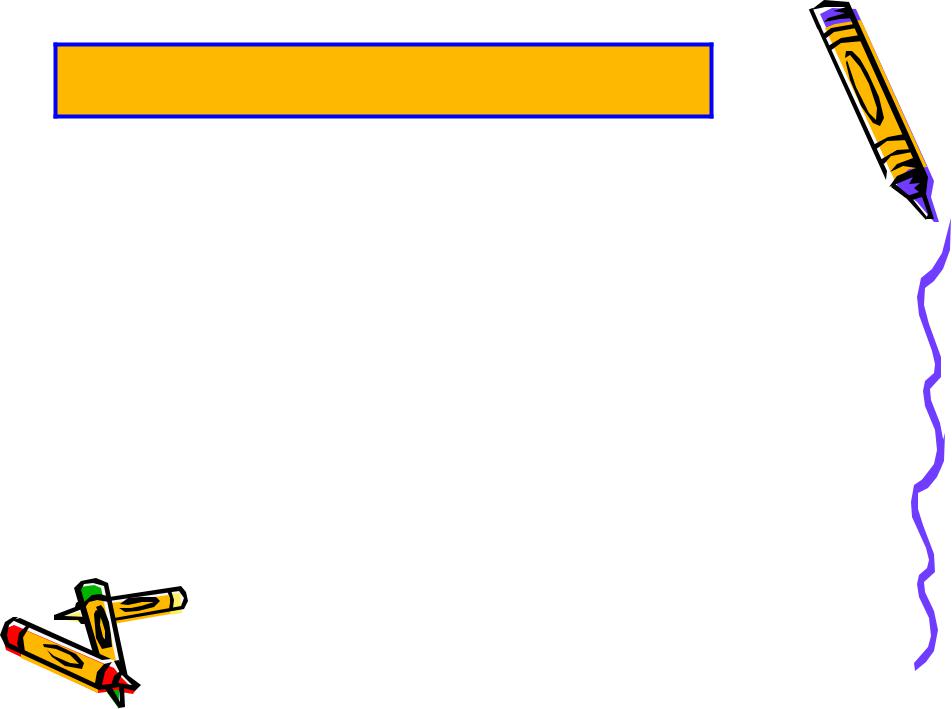
7. Get Names Right
(cont’d)
Real examples:
•Writing “Skerrigan’s Towing Services” when the business was called simply “Skerrigan’s Towing”.
•Writing “Dale” when a party’s name was “Dayle”.
93
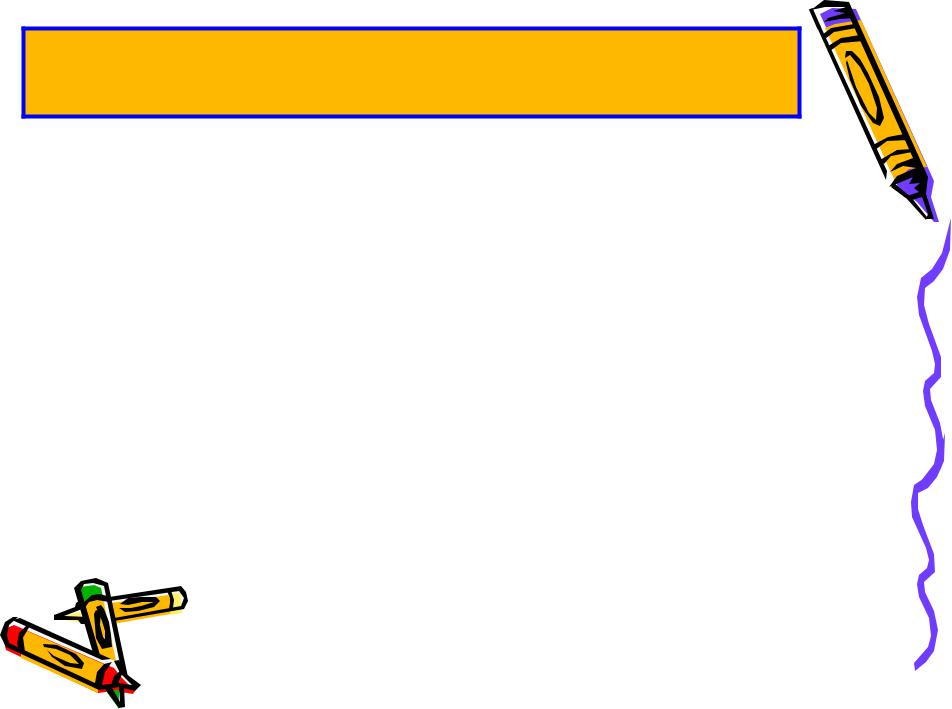
8. Avoid First Names
Generally, Avoid Using First Names In Formal Documents.
You may use a person’s full name (first and last name) the first time your document refers to him or her.
After that, use “Mr.” or “Ms.”.
94
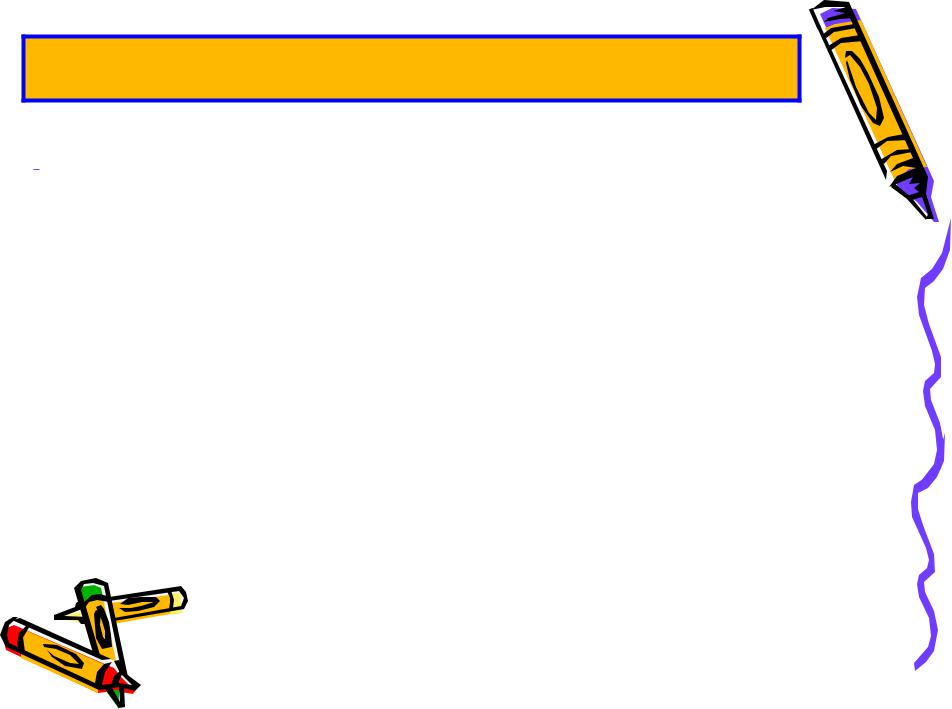
8. Avoid First Names (cont’d)
95
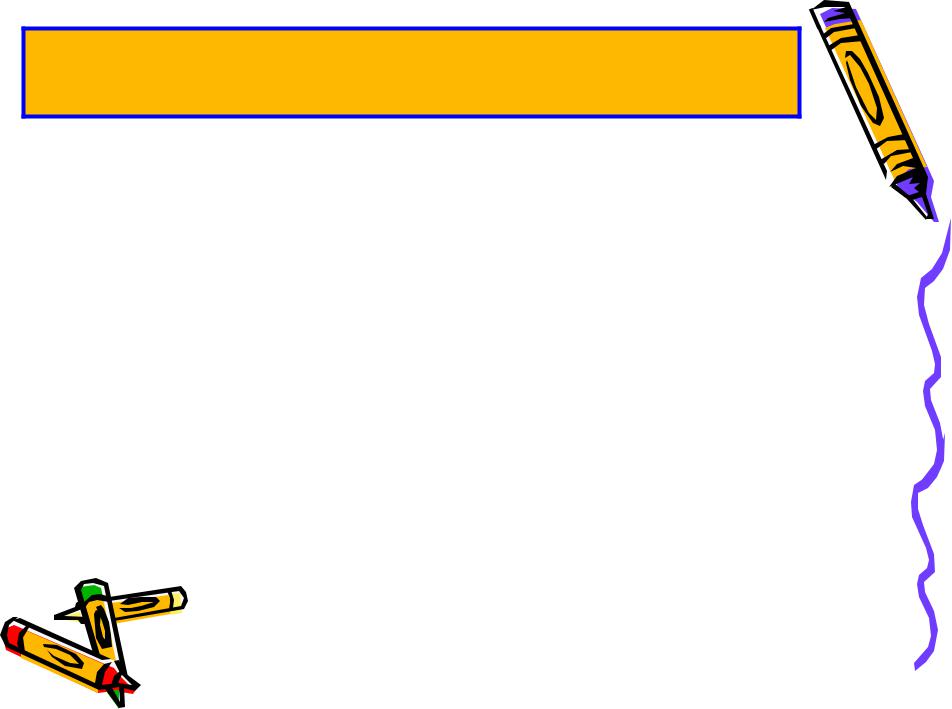
Beware Sexist
Traps
Do not refer to women by their first names while referring to the men as “Mr
___”. You will not make any friends if you, for example, refer to Annie West, the female CEO of a XYZ Ltd., as “Annie”, while referring to the members of her board of directors as “Mr X” and “Mr Y”.
96
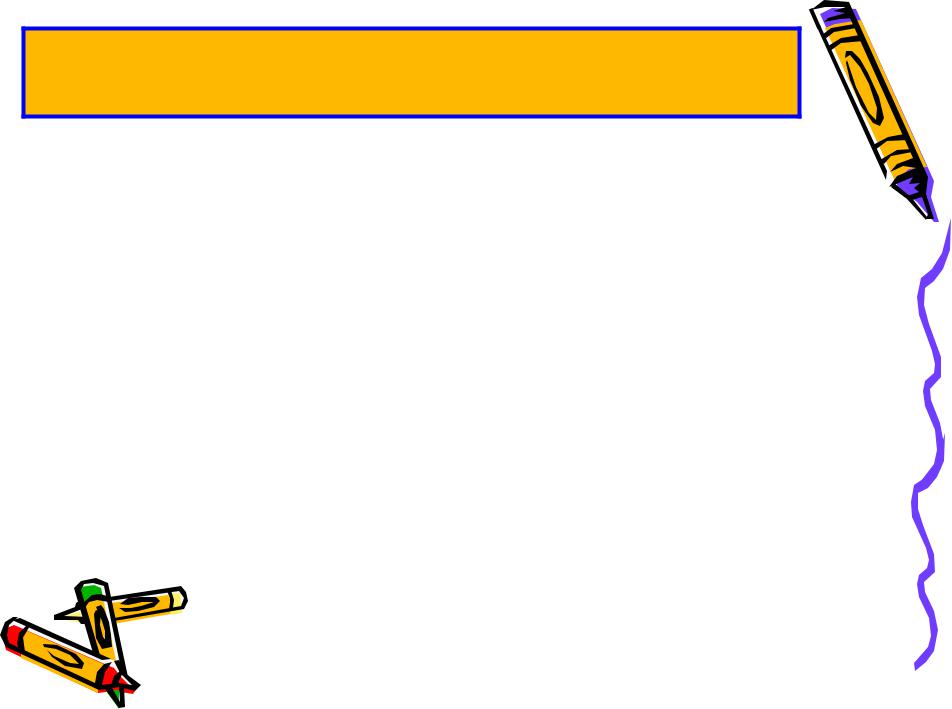
9. Beware Sexist Traps
(cont’d)
Ms., not Mrs. or Miss. In professional documents, the default title for women is “Ms.” unless they specifically indicate that they prefer “Mrs.” or “Miss” – a practice that is rarer and rarer these days in the work context. The use of “Miss” is especially rare.
97
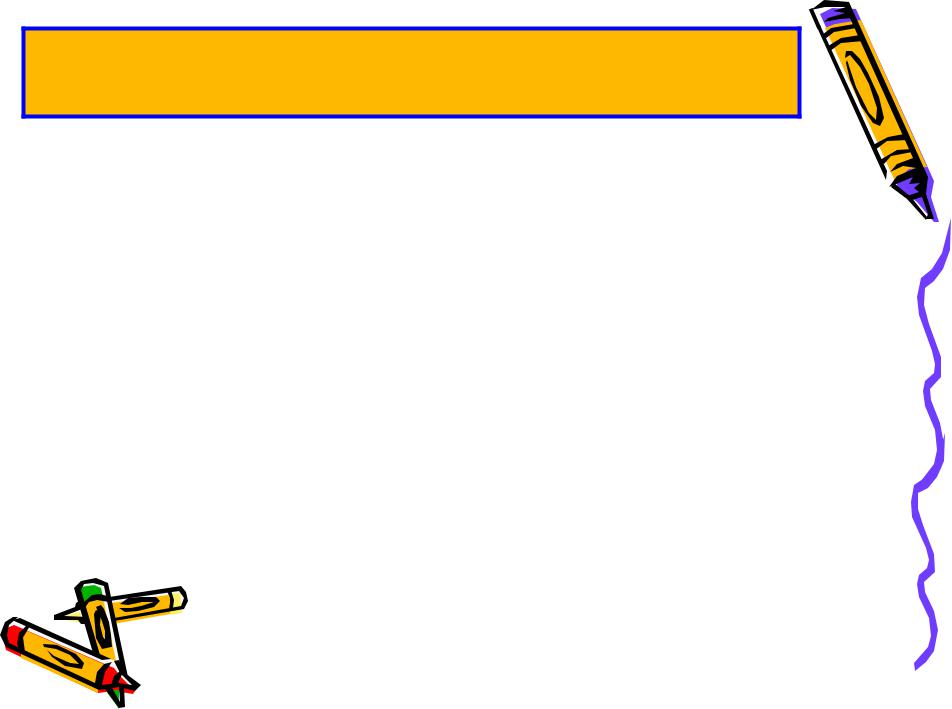
Mean
This point applies to all writing, but especially to students’ papers and final
examsDon’t make. the reader guess what you are trying to say. Many students hint at their point but are perhaps too unsure to state it explicitly. If the facts should inexorably lead one to draw a particular conclusion, spell out for the reader what that conclusion is and why it results so naturally from the given facts. Don’t tell us the legal rule plus some facts and leave it at that, expecting us to do the hard work of tying them together. Connect the dots and tell us why the facts are relevant to the rule. Often just an additional sentence will do. You may think that the reasoning is obvious, but the reasoning may not be as obvious to the reader as it is to you.
98
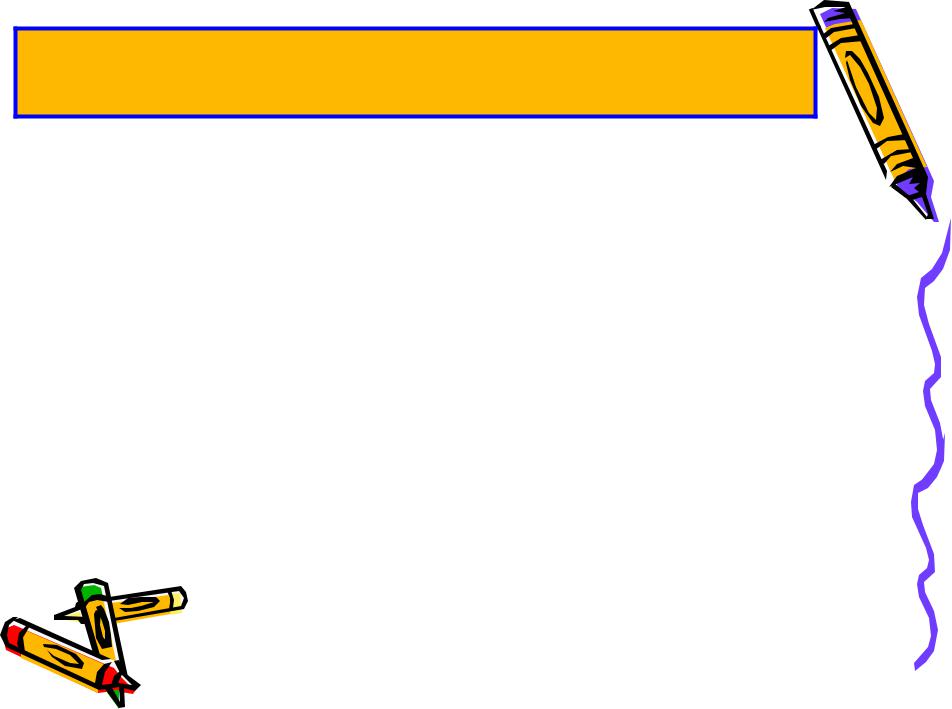
11. Proofread, Proofread,
Proofread
Spelling and grammatical errors are distracting. They call attention away from the substance of your writing and can even prevent readers from understanding what you are trying to say. They also lead one to wonder if you were as careless in the substance as you were in the presentation.
99

(cont’d)
Beware both substantive errors (eg, writing the “Plaintiff” when the papers refer to the “Applicant”), and stylistic inconsistencies (eg, capitalizing a word sometimes and not others)*.
Our best advice? Proofread and edit, proofread and edit. When you think your submission is perfect, proofread it again. And again after that. You will be surprised at how many little errors you will catch, and
 this polishing* The eagle-eyedwillamongnotyou may have noticed that wegobreakunnoticedthis rule in these slides.in one respect: in deference to our international audience, we have alternated between Australian/100 British and North American usages with regard to spelling and punctuation.
this polishing* The eagle-eyedwillamongnotyou may have noticed that wegobreakunnoticedthis rule in these slides.in one respect: in deference to our international audience, we have alternated between Australian/100 British and North American usages with regard to spelling and punctuation.
